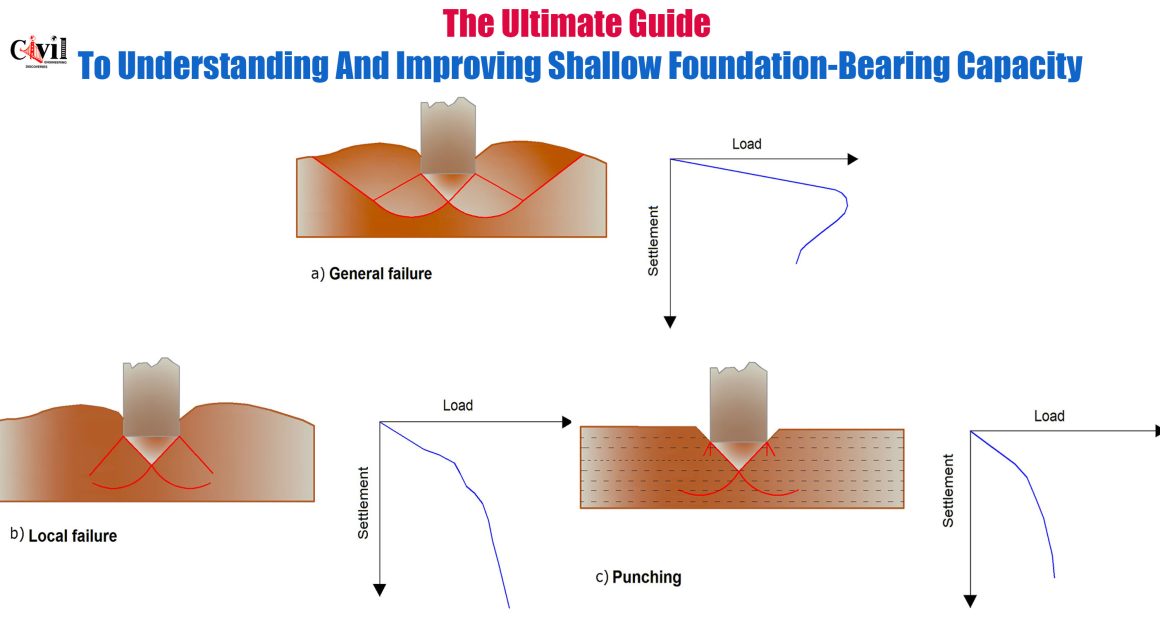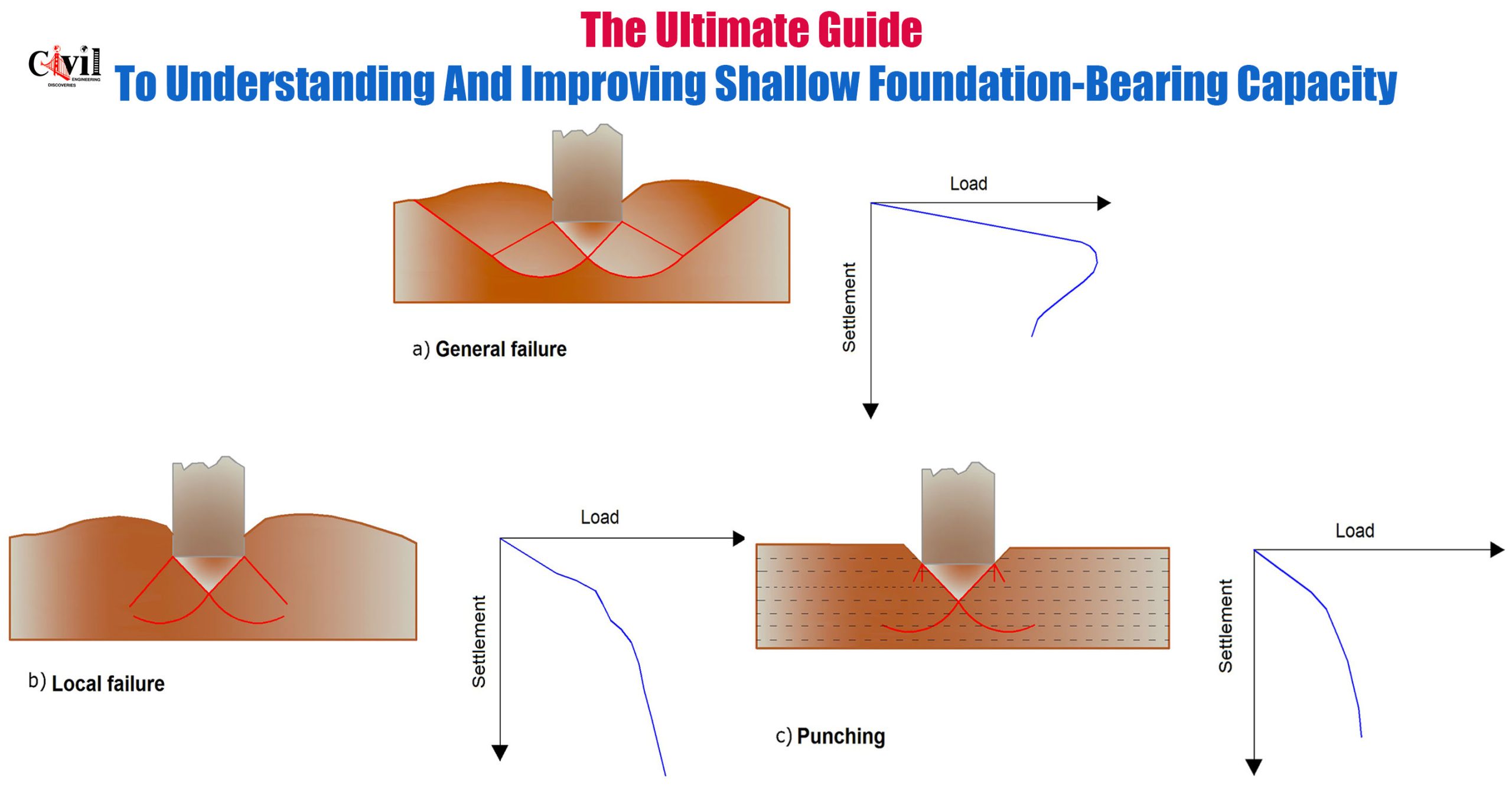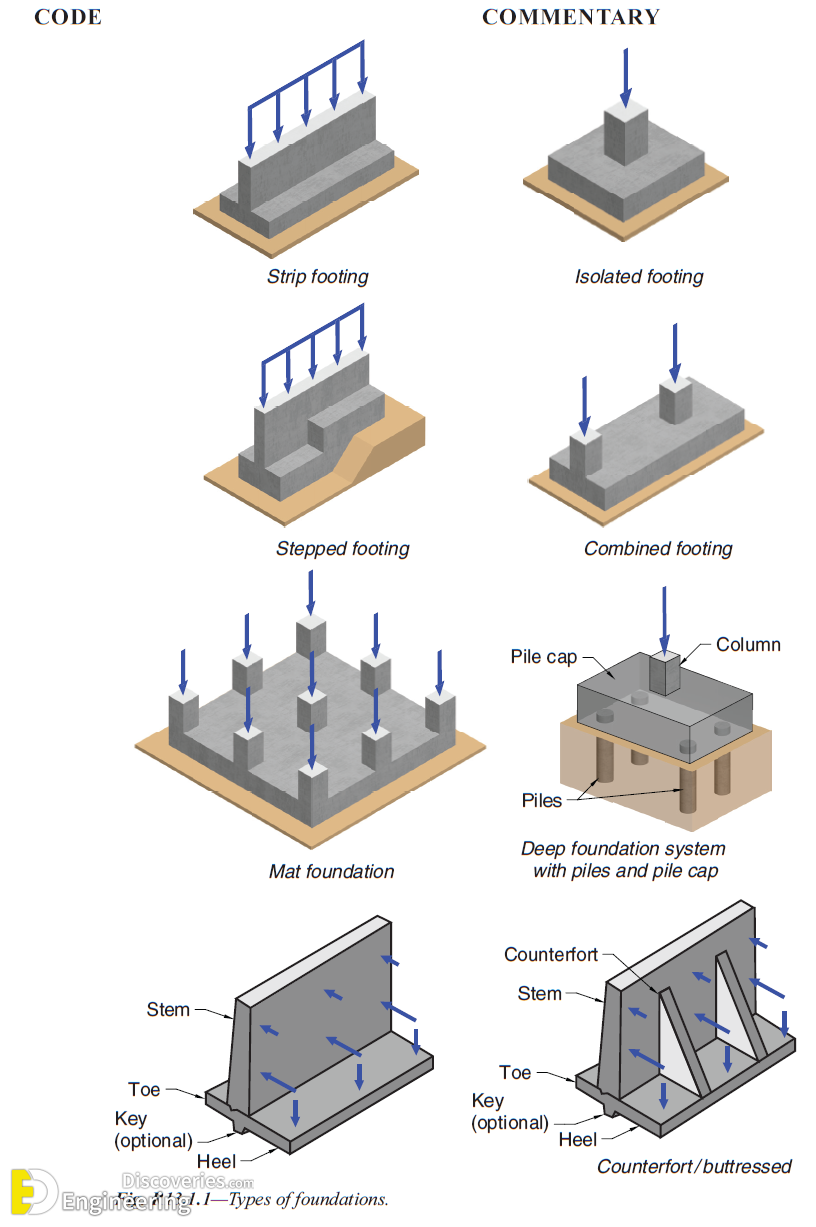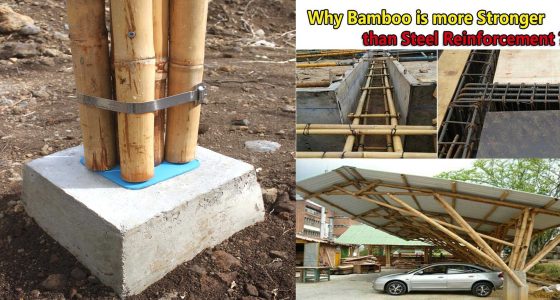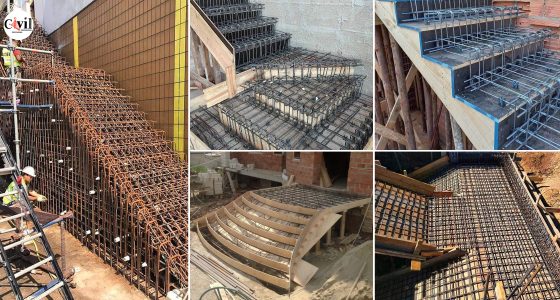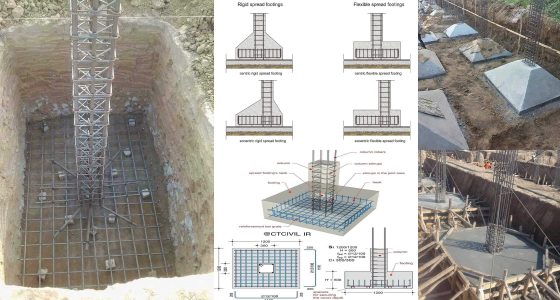Let’s face it, your building is only as strong as its foundation. And when it comes to shallow foundations, getting the bearing capacity right is the secret sauce to avoid future nightmares like cracks, uneven floors, or full-on collapses.
What Are Shallow Foundations?
Shallow foundations transfer structural loads to the earth near the surface, usually within a few meters. Think of them as the building’s sturdy boots planted firmly on the ground. They’re widely used in residential buildings, light commercial structures, and small bridges.
Importance of Bearing Capacity in Foundations
The bearing capacity of a foundation is a measure of how much load the ground can safely carry. If it’s too low, the structure will sink, tilt, or even collapse. Scary stuff! So, understanding this concept is a must for safe construction.
Common Types of Shallow Foundations
Spread Footings: The most common type, spreading the load over a wide area.
Strip Footings: Support walls, like in basements.
Mat or Raft Foundations: Used when soil strength is low, spreading the load across the entire area.
Key Concepts in Bearing Capacity
Definition of Bearing Capacity
It’s the maximum pressure that the soil can handle without failure. Simple, right?
Safe Bearing Capacity vs. Ultimate Bearing Capacity
Ultimate Bearing Capacity: The max before failure.
Safe Bearing Capacity: Includes a safety factor—what engineers actually use in design.
Allowable Bearing Pressure Explained
This is the practical number used in real-life projects. It factors in safety and settlement limits, ensuring long-term stability.
Factors Affecting Shallow Foundation Bearing Capacity
Soil Type and Conditions
Clay, sand, gravel—they all act differently. Loose sand? Not ideal. Dense gravel? Much better. Soil testing is a must.
Water Table Location
Water near the foundation weakens soil. Think wet sandcastle—it just doesn’t hold up.
Depth and Size of Foundation
Deeper and wider generally means better load distribution and more stability.
Load Characteristics
Is it a uniform load or a funky, uneven one? Vibration? All these affect performance.
Methods to Determine Bearing Capacity
Terzaghi’s Bearing Capacity Theory
A classic in geotechnical engineering. It gives formulas based on soil type, footing shape, and depth.
Meyerhof and Hansen Methods
Modern tweaks to Terzaghi’s method that consider shape and depth more realistically.
Field Testing Techniques
SPT (Standard Penetration Test): Popular and quick.
CPT (Cone Penetration Test): Gives continuous profiles.
Plate Load Test: Directly tests soil response to load.
Common Problems With Bearing Capacity
Soil Settlement
Too much settlement = cracks and tilts. Nobody wants a leaning house.
Shear Failure in Soil
Sudden failure when the soil can’t take it anymore. Think of it as a ground-level “snap!”
Overloading and Structural Cracks
When the load exceeds the capacity, your building literally pays the price.
Techniques to Improve Shallow Foundation Bearing Capacity
Soil Stabilization Methods
Adding lime, cement, or even fly ash can strengthen the soil.
Use of Geotextiles and Reinforcements
These act like underground “nets,” distributing load and adding strength.
Foundation Enlargement Techniques
Increasing the footing area reduces pressure on the soil. Simple math, huge effect.
Compaction and Drainage Solutions
Densify the soil and drain excess water—both boost performance.
Design Best Practices for Maximizing Bearing Capacity
Selecting the Right Foundation Type
Match your foundation type with soil and load conditions for optimal performance.
Load Distribution and Shape Considerations
Circular or rectangular? Continuous or isolated? Design shapes matter more than you think.
Ensuring Proper Construction Techniques
Even a perfect design can fail with sloppy execution. Stick to the plan!
Case Studies of Bearing Capacity Improvements
Residential Projects
A small home in sandy soil used geotextiles and proper drainage to triple its bearing capacity.
Commercial Infrastructure Developments
A warehouse in a swampy zone succeeded by using deep compaction and raft foundations.
Click Here To See 38 Photos of Concrete Details That Will Change How You See Construction
